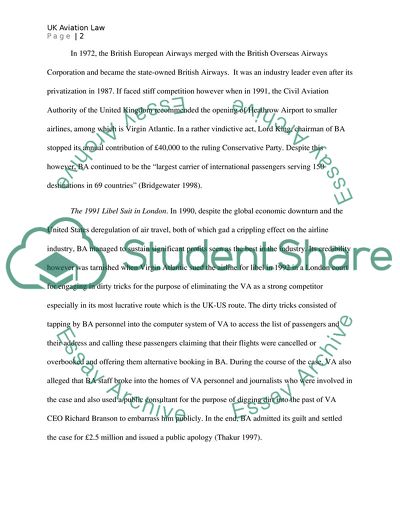Cite this document
(The Legal Constraints upon Competition in the Airline Industry Case Study - 1, n.d.)
The Legal Constraints upon Competition in the Airline Industry Case Study - 1. Retrieved from https://studentshare.org/law/1722107-uk-aviation-law
The Legal Constraints upon Competition in the Airline Industry Case Study - 1. Retrieved from https://studentshare.org/law/1722107-uk-aviation-law
(The Legal Constraints Upon Competition in the Airline Industry Case Study - 1)
The Legal Constraints Upon Competition in the Airline Industry Case Study - 1. https://studentshare.org/law/1722107-uk-aviation-law.
The Legal Constraints Upon Competition in the Airline Industry Case Study - 1. https://studentshare.org/law/1722107-uk-aviation-law.
“The Legal Constraints Upon Competition in the Airline Industry Case Study - 1”, n.d. https://studentshare.org/law/1722107-uk-aviation-law.


